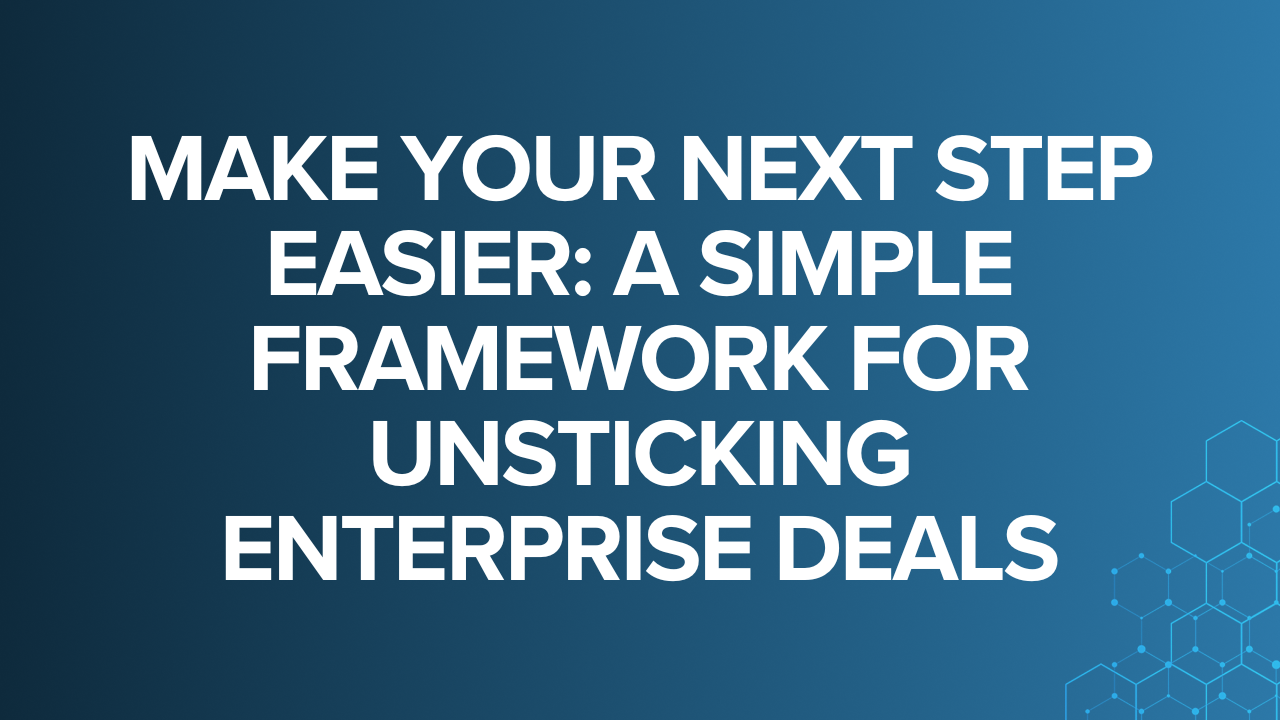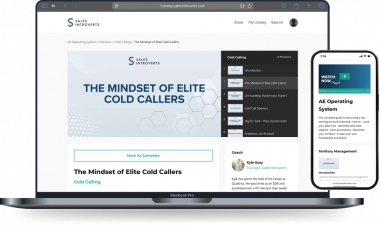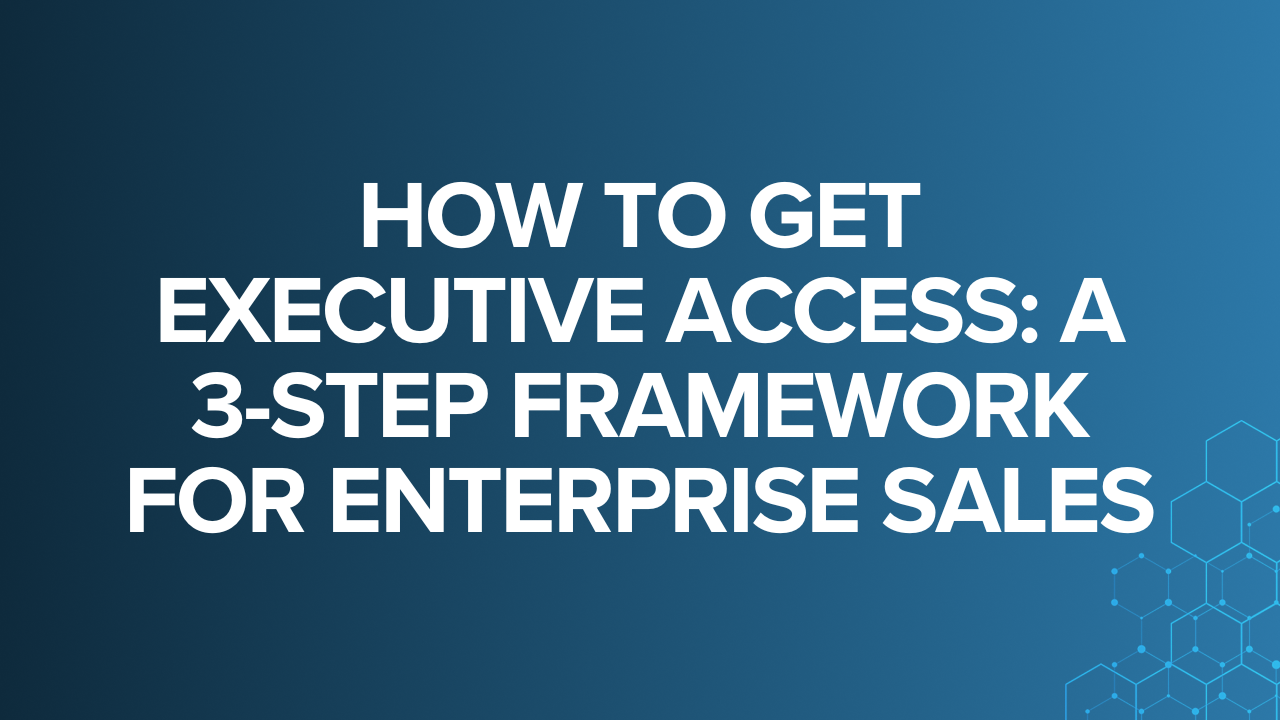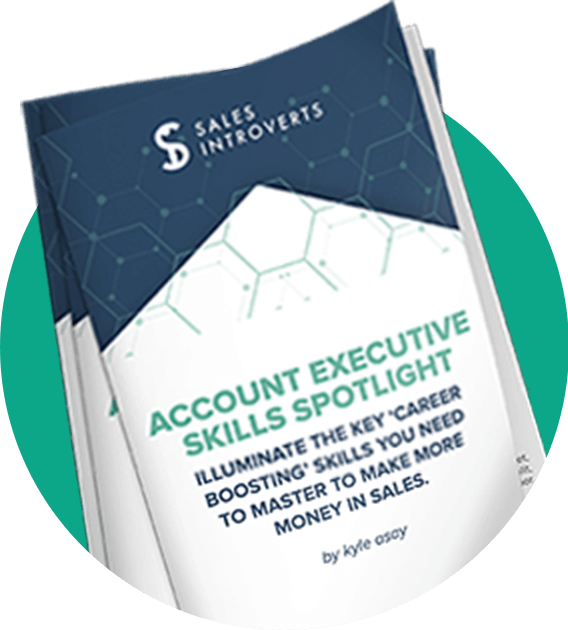I got a LinkedIn DM from someone that said, “I just lost a deal because I multi-threaded to a CEO and went above my champion. He said I betrayed his trust and had a hidden agenda.”
Brutal.
Then he made a great point: Everyone talks about how to multi-thread. No one talks about what not to do.
So here’s my attempt at what not to do in multi-threading:
1) Don’t go over the top of senior execs
Execs know how to get things done. Going over their head can make them feel like you don’t trust their judgment – or worse, like you’re trying to make them look junior internally.
Don’t work around senior execs – work with them.
If you need to engage another senior executive, explain to your champion the reasoning, and ask them for advice on how to best get them involved.
It may sound something like this at LaunchDarkly if we are working with the VP of Engineering and we need to engage the VP of Product:
“We’ve seen that the number one reason for experimentation/release management initiatives fail is a disconnect between product and engineering.
Implementations are much more successful when both leadership teams give their input – what’s the best way for us to get time with [VP of Product] to bring them up to speed on our conversations so far + see where they want to be involved moving forward?”
2) Don’t surprise your champion
You want more people involved. You don’t want your champion surprised that more people are getting involved.
Make them aware of who you’re talking to, why, and how it benefits them.
They should hear it from you – not from a Slack message like, “Uh… do you know Kyle from LaunchDarkly? He wants to talk to me and says he’s working with you.”
3) Don’t neglect your contacts
Junior employees often have real influence. I’ve seen deals fall apart because a seller got access to power and left the original champion behind.
Not only is that rude – it’s risky.
Many executives won’t green light the purchase of any solution that their team isn’t excited to use.
And if you ignore your first contact/coach/initial champion as soon as you “get higher” in the organization, how likely are they to give their endorsement when their boss asks their opinion at the end of the sales cycle?
I’ll end this week with a caveat – the “risk of multi-threading” is usually overstated. I’ve seen way more deals lost from not multi-threading than I’ve seen lost because we offended a prospect from trying to multi-thead.
But following this framework will help you multi-thread more effectively while essentially eliminating the risk of anyone getting annoyed.



















